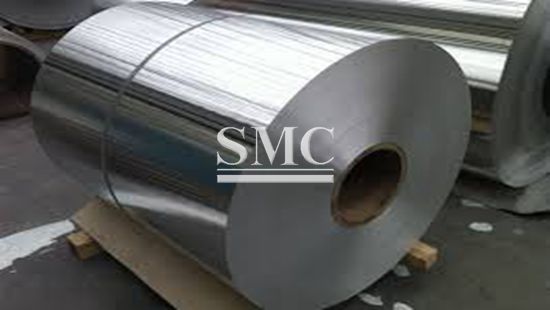At the beginning of mass production of automobiles, aluminium was nearly not used at all. Meanwhile, more than a century later, aluminium is the second most used material during the construction of a car after steel. What did happen that aluminium is so highly demanded now and what are its benefits in comparison to other materials in terms of safety, environment protection, performance etc.
Even at the beginnings of the automotive industry, it was well known that aluminium has a huge potential. The first sports car featuring an aluminium body was was premiered at the Berlin International Motor Show in 1899. Only two years later, Carl Benz built the first ever aluminium car engine. The reasons for passing on aluminium are simple: First of all, during these times, the knowledge of working with aluminium was not sufficient. Secondly, aluminium was too expensive to use in mass production. As recently as, mankind discoverd that aluminium is the third most abundant element and most abundant metal in the Earth’s crust, aluminium lost most of his enormous value. Therefore, aluminium got suitable for mass production.
First of all, it is neccessary to know where aluminium comes into use at the construction of automobiles. The automotive industry uses aluminium for the vehicle frame and body, paint, wheels, lamps,air conditioner condenser and pipes, transmission,electrical wiring, engine parts (pistons, radiator, cylinder head) and magnets (for speedometers, tachometers and air bags).
Therefore, aluminium is highly recommended. But why do so many car parts contain aluminium? One really important feature of aluminium is its weight. Its density is only one third than that of steel. The change from steel to aluminium reduced the weight of the car bodies up to 239 kilogramms. Through this change, 0.7 gallons of fuel per 100 miles can be saved, which means aluminium vehicles consume 15% less than steel vehicles. Another benefit of its lightweight: cars with aluminum body provide a better acceleration, better handling and better handling.

Furthermore, a special characteristic of aluminium is its combination of strength and flexibility. First of all, it is very strong and gets even stronger at low temperatures in comparison to steel which becomes brittle when it gets cold. Altough its strength, aluminium has the ability to flex under load and also to bounce back from impacts. This ability is a blessing for safety matters because it can absorb twice as much energy than steel.
At the beginning of the automotive industry, there was not much experience how to work with aluminium and including a large ammount of aluminium in mass production was inconceivable. Nowadays, it is known that it is very easy to work with because it is extremely malleable. Therefore, the automotive producers have a lot of possibilites to design new cars hence aluminium bodies can be shaped in nearly every form.
It is a usual picture: Scrapyards full of rusted, old cars. These cars are mostly made out of steel. Steel is susceptible to corrode and rust. In contrary to steel, aluminium protects itself from rusting. When it reacts with oxygen, aluminium forms a thin protection layer which makes it nearly completely protected from rust. This make aluminium bodies and aluminium car engines very durable. As a result, vehicles with aluminium bodies are often used in military operations or in regions with challenging environment.
If an owner of a car decides that he does not want it anymore nevertheless, aluminium scrap is very well recovered and recycled. The recycling of 1 ton of aluminium saves energy equivalent to 21 barrels of oil and during the auto manufacturing, aluminium produces a 20% smaller lifecycle CO2 footprint than steel.
To put it in a nutshell,it has to be mentionned again that aluminium has so many features which suit perfectly to fit in an automobile. Furthermore, in terms of climate change, the industry has to consider the own imput to the environment. Aluminium can help to strongly reduce this imput. Considering climate change and the exhaustion of our reserves, it has to be said that aluminium can be recycled. Additionally, aluminium is one of the most abundant metals, so it will last for a very long time.
Guest contributors are welcome at the Alloy Wiki.It is a weekly wiki and guide on alloy information and processing technology, while also about the vast array of opportunities that are present in manufacturing. Our team of writers consists of a Machining Material Supplier / Machinist / Tool and Die Maker, a Biomedical Engineer / Product Development Engineer, a Job Development Coordinator / Adjunct Professor, and a President and CEO of a manufacturing facility.
Link to this article:How is Aluminium Used in the Automotive Industry?
Reprint Statement: If there are no special instructions, all articles on this site are original. Please indicate the source for reprinting:Alloy Wiki,thanks!^^


